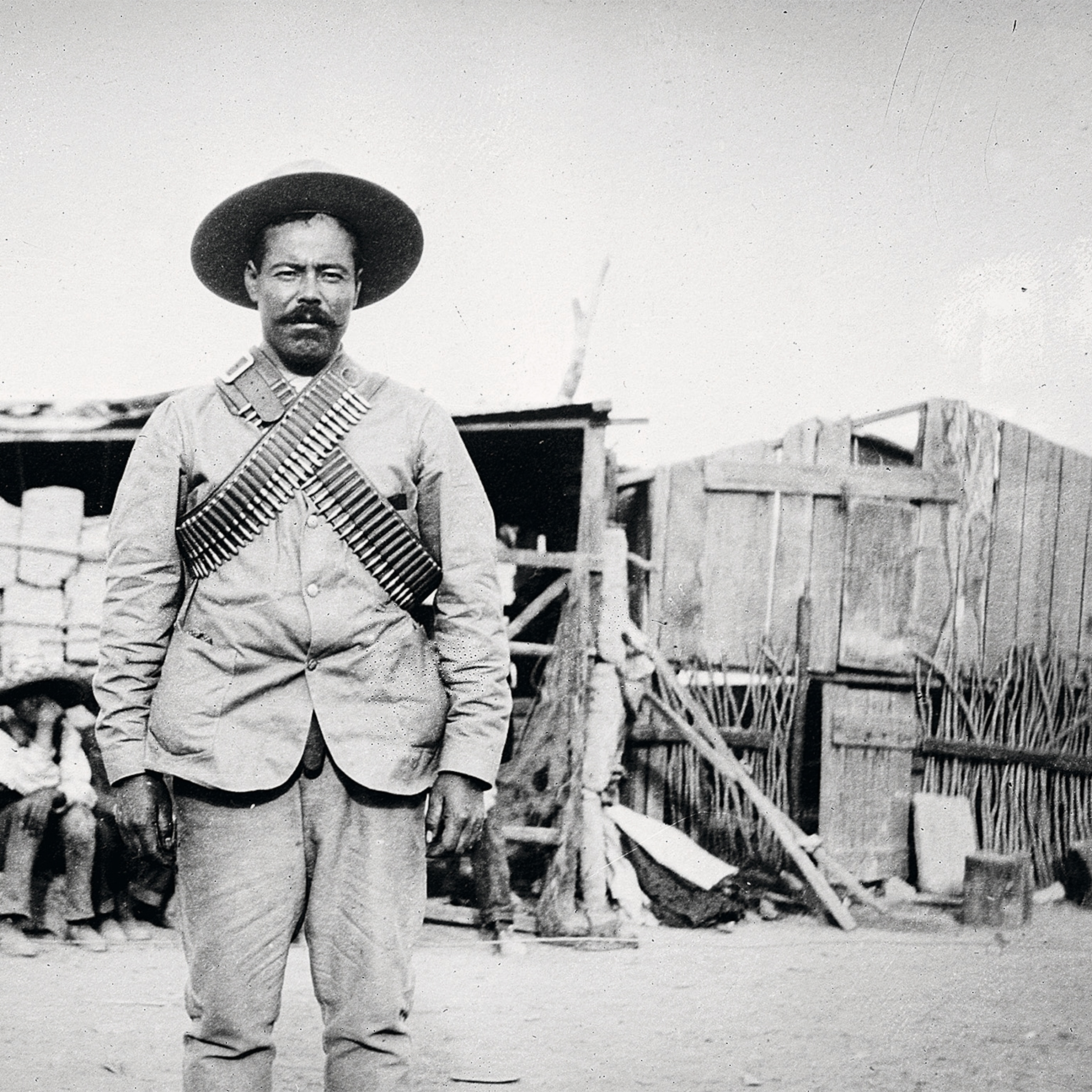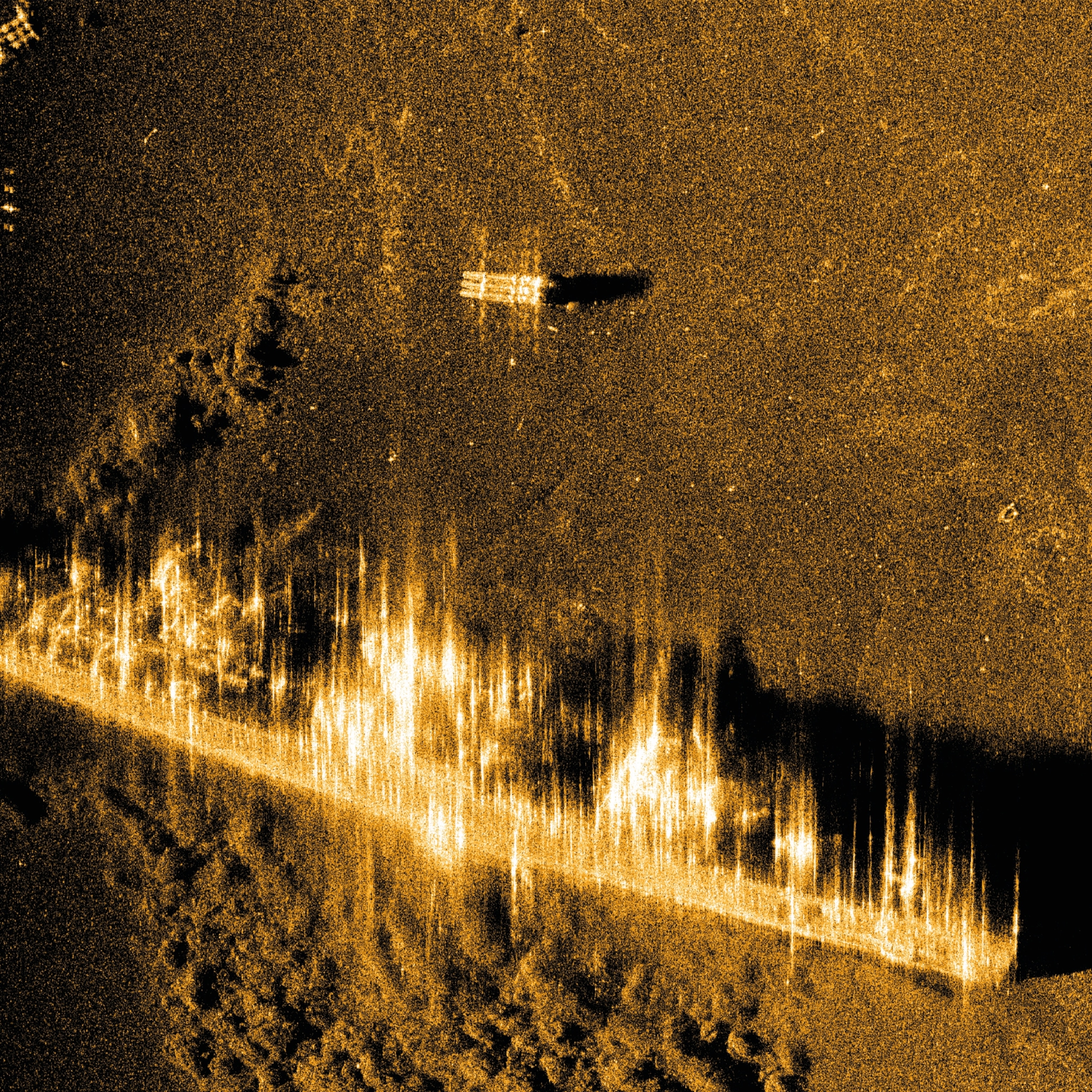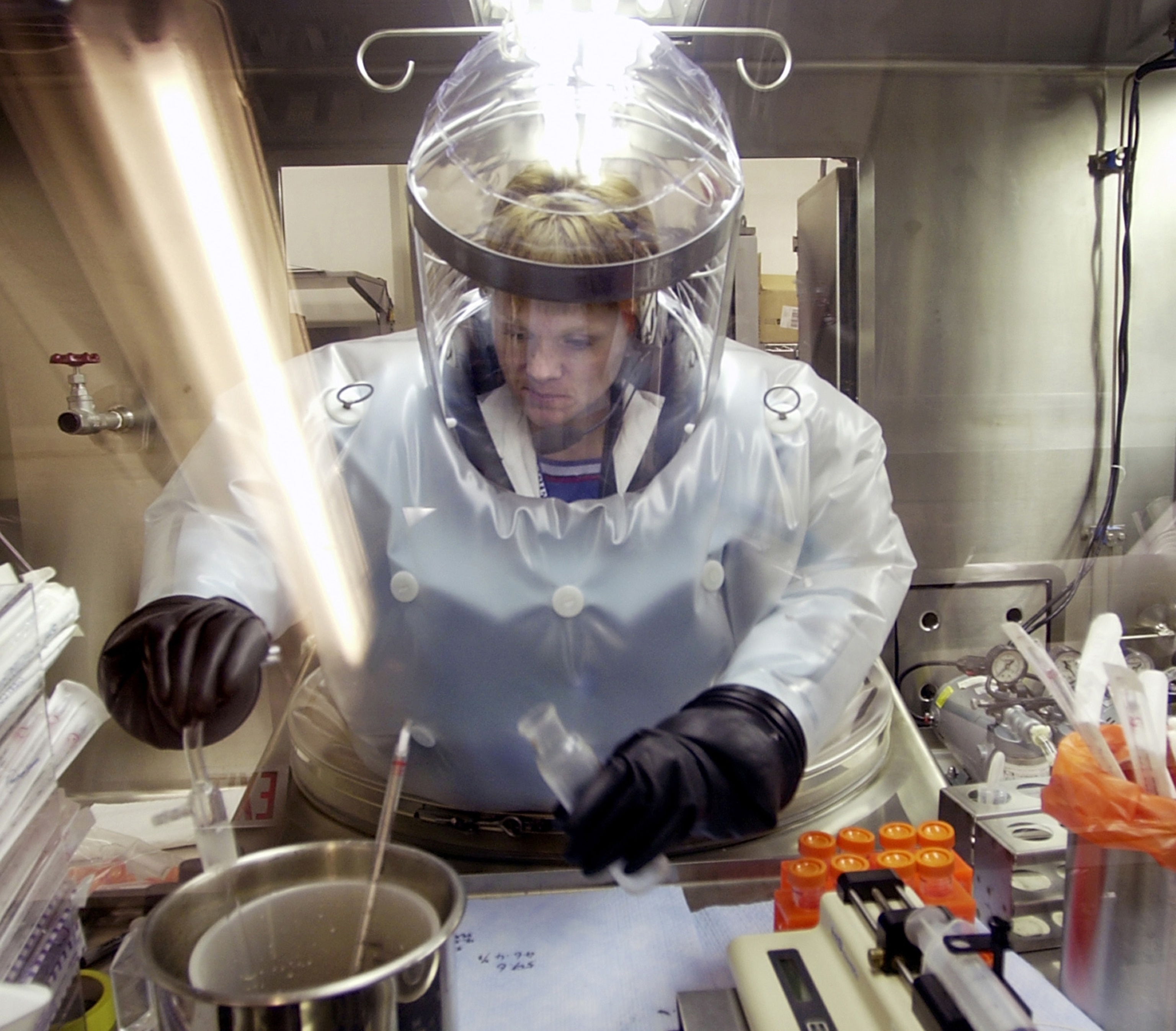
Military Labs Are Too Careless With Deadly Diseases: Report
A government examination acknowledges that the DOD is “risking dangerous lapses in biosafety practices” at its labs across the country.
Two years after major security lapses at federal labs that handle bioterror organisms, the Department of Defense is reorganizing how it polices its own laboratories, acknowledging in a report published last week that its labs were “risking dangerous lapses in biosafety practices.” In response, the DOD is creating a new position in the sprawling agency to oversee the hazardous work.
But scientists who have scrutinized federal research into these pathogens, known as select agents, say the DOD commitment does not go far enough. That view is backed up by a Government Accountability Office report published a month ago that criticizes all eight federal departments that operate high-containment laboratories handling hazardous organisms. The report says the agencies are not training personnel adequately, not inspecting labs, and not reporting the results of their inspections.
“The program is going to continue as before, with a new layer of managerial review that will not change matters, and with no accountability,” says Richard Ebright, a molecular biologist and professor of chemistry and chemical biology at Rutgers University who has been critical of the operations of high-containment labs.
“The report makes it clear that DOD considers the matter concluded, and any impetus for change is going to have to come from outside DOD,” Ebright says.
Requests for comment from the DOD were not answered as of publication. (Update: See below for the DOD response.)
Shipping Errors
A series of alarming lapses in biosafety prompted the examinations. In 2014, lab workers at the Centers for Disease Control and Prevention cross-contaminated a benign strain of avian influenza with the highly pathogenic H5N1 bird flu strain that has caused international alarm. The CDC then sent the contaminated strain to a U.S. Department of Agriculture lab without warning of the mix-up.
Later that year, another CDC lab bungled the procedures that inactivate live anthrax, exposing workers in that lab and a second lab to the possibility of infection.
And a month after that, the Food and Drug Administration discovered that it had left a stash of smallpox—eradicated in 1980 and supposedly preserved only at the CDC and in Russia—sitting in a National Institutes of Health refrigerator since the 1970s.
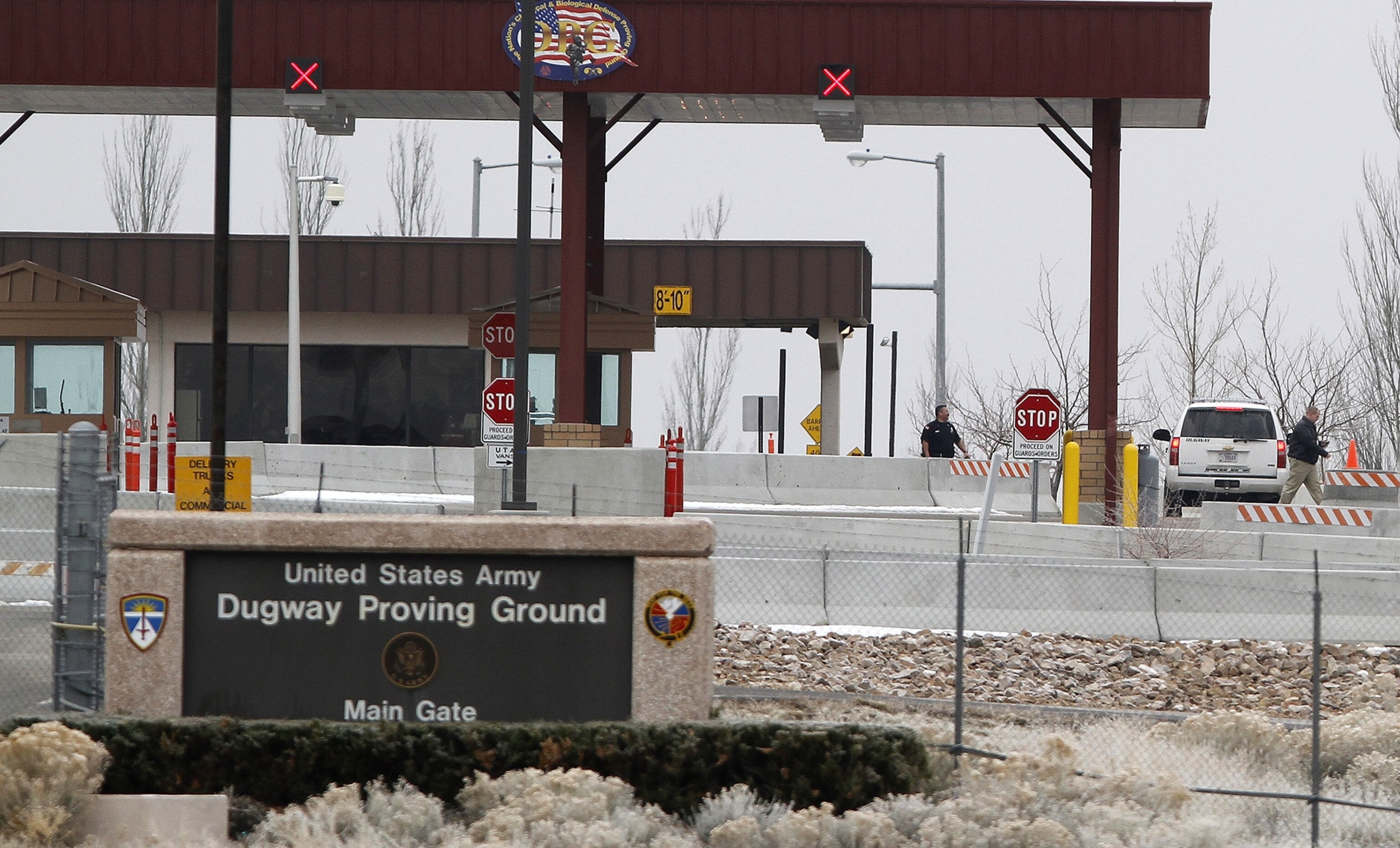
In 2015, a DOD lab triggered a much larger emergency. Workers at the Dugway Proving Ground, an Army facility in Utah, shipped live anthrax to 194 laboratories instead of sending safely inactivated organisms that could not cause infection. The dangerous pathogens arrived in at least one lab in every state and nine facilities in other countries, according to the new DOD assessment.
Making the mistake more egregious, the anthrax shipments were intended only for testing detection equipment, not for research, and so were sent to labs that would not have been equipped to handle the live organism.
The errors did not cause anyone to become infected, but they triggered criticism by prominent scientists and scrutiny from Congress and the White House, as well as calls to shut down select-agent research in the U.S.
Bio Shock
The DOD report published on April 27 may be the last of several federal agency self-examinations spurred by the mistakes. The 96-page report, written by the DOD inspector general, finds that many DOD labs did not follow existing federal biosecurity regulations.
Inspectors often were inadequately trained, and inspections happened under a patchwork of guidances and standards, the report found. Inspections were sometimes repeated inappropriately and sometimes missed, and results were largely ignored, with any discovered deficiencies going unremedied.
The chief DOD commitments to fixing the problems, according to the report, include creating standard inspection criteria as well as a single registry for inspection results and responses, setting up standardized training for inspectors, arranging for external scientific review of inspections, and appointing a single executive agent, the secretary of the army, to make sure the recommendations are followed and performance improves.
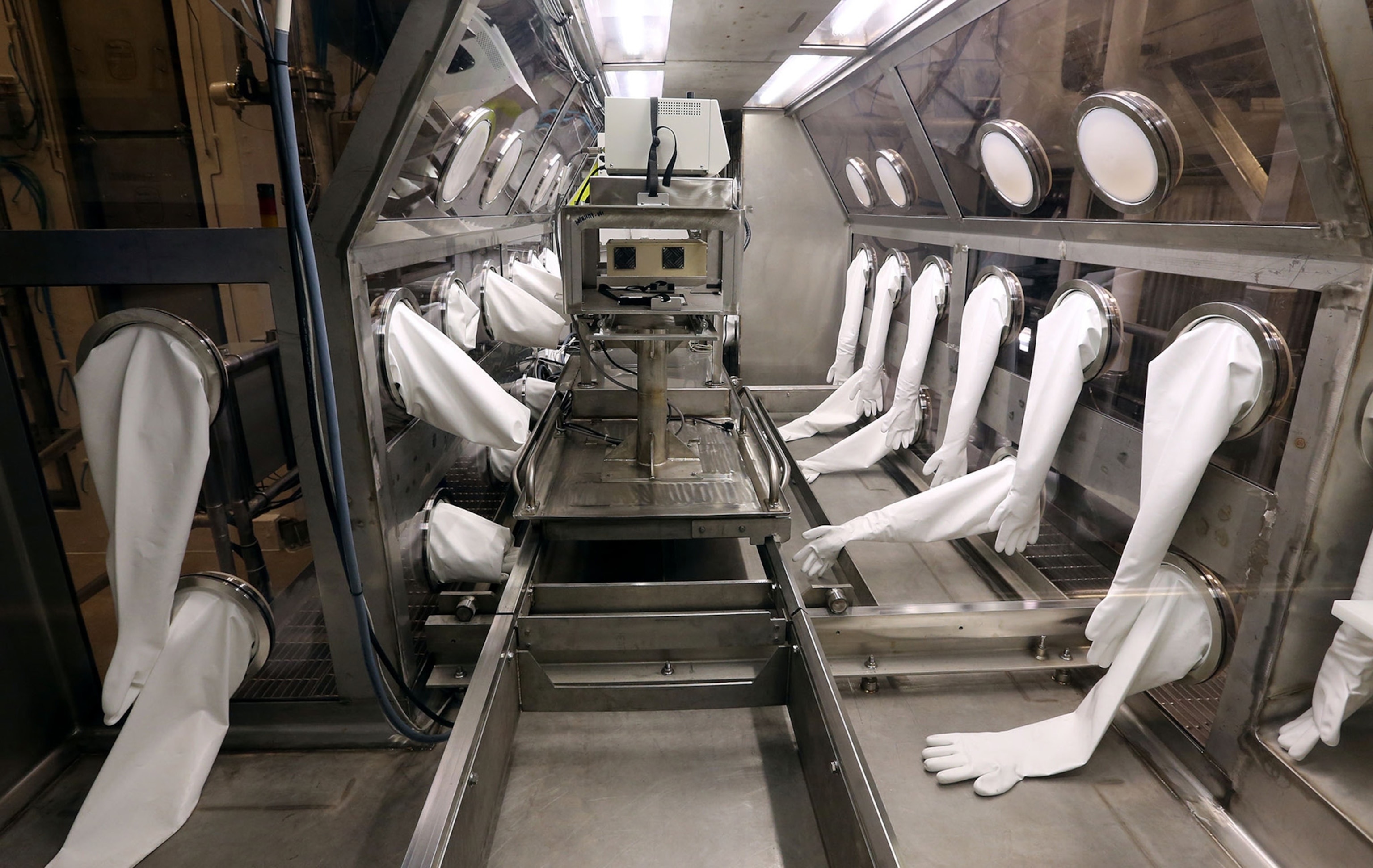
Amesh Adalja, a physician and senior associate at the University of Pittsburgh Medical Center’s Center for Health Security, which studies biological threats, says the new DOD report was appropriately thorough.
“I don’t think they pulled any punches,” he says. “The findings are hard-hitting. This type of analysis was needed to restore confidence in these programs.”
But Ebright thinks the commitments made in the DOD report are nowhere near adequate, and he believes the incident should have been investigated as a criminal matter.
“This was a shipment of virulent anthrax spores, labeled as inactivated spores, to hundreds of recipients,” he says. “Every shipment provided a seed stock that could enable a recipient to produce an effectively unlimited quantity of material that could be used to mount an anthrax bioterror attack. This was the largest single breach of biosecurity in U.S. history by far.”
Culture Shift
The GAO report issued last month also includes sharp criticism of DOD and other federal agencies operating high-containment labs. The report says the DOD’s response to the live anthrax dispersal, which included commissioning a series of reports and working groups, ended up producing 22 recommendations for making operations more secure—but only one has been implemented.
None of the agencies overseeing high-containment labs have set deadlines for making improvements, the GAO says, and without them, “their ability to gauge performance and track progress ... will be hampered.”
When contacted for comment, Bridget Ann Serchak, chief of public affairs for the DoD Inspector General, said in an email that changes are underway. She also referred to testimony presented to the House in April by Major General Brian Lein, Commanding General of the U.S. Army Medical Research and Materiel Command, that included several timelines for reports and updates.
Creating change in how dangerous organisms are handled by the DOD is essential but will be challenging to accomplish, Adalja says.
“The fact they are going to put a high-level person in charge, someone with power and authority and overarching responsibility, gives it a chance of succeeding,” he says.
“But biosafety isn’t just rules; it is practiced by individuals. The culture has to change so that not cutting corners, and doing everything as stipulated by the procedure manual, has to be ingrained in everyone down to the guy who washes the test tubes, and that can be very hard.”
Follow Maryn McKenna on Twitter.


